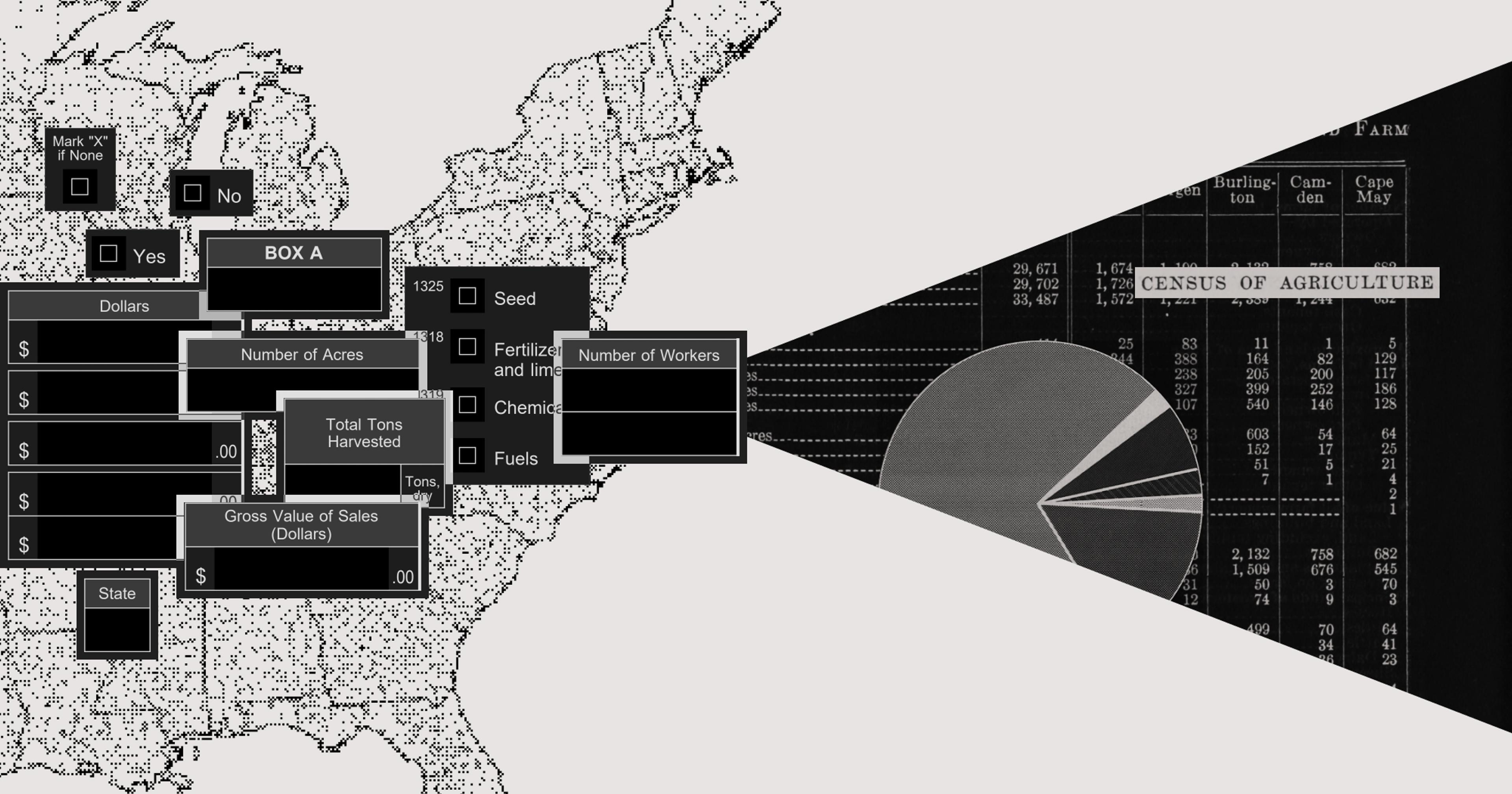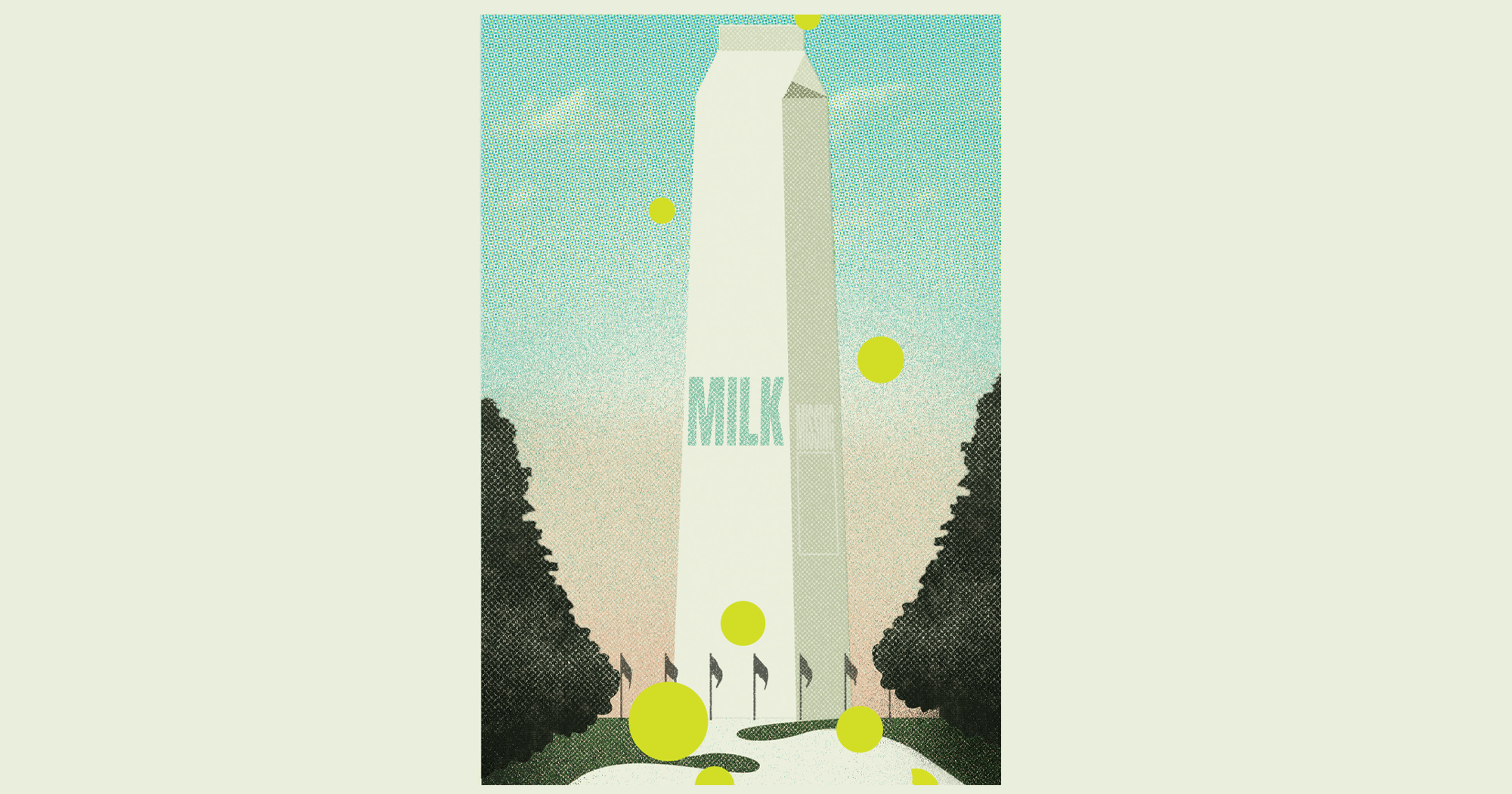Once every five years, farmers are invited to complete an updated USDA survey. Participation isn’t simply encouraged, however: It’s a legal requirement.
The deadline for the U.S. Department of Agriculture’s (USDA) 2022 Census of Agriculture is fast approaching. Due February 6, the census is the only comprehensive count of all United States farms, ranches, and the people who operate them. The survey includes a wide range of questions, covering topics such as land use, crop insurance, irrigation, pesticides, and food marketing practices.
The 2022 Census of Agriculture has been mailed in phases, first sending out survey codes with an invitation to respond online, followed by paper questionnaires sent this past December. Farmers need only respond once, either online or by mail. Farm operations of all sizes, urban and rural, which produced and sold $1,000 or more of agricultural products in 2022 are required to complete the census.
According to Barbara Rater, NASS Census and Survey Division Director, “You may be surprised to learn that a farm is defined as any place, urban or rural, that produced and sold, or normally would have sold, $1,000 or more of agricultural products during the census year. So many people who do not think they are farmers actually are, according to this official definition. If you have horses, backyard chickens, urban or rooftop gardens, etc., you may qualify for the ag census.” It also includes agritourism, such as a corn maze or petting zoo, which may be a major source of revenue for some.
Collected since 1840 and now conducted every five years by USDA’s National Agricultural Statistics Service (NASS), the Census of Agriculture attempts to paint a complete picture of American agriculture today. It highlights land use and ownership, producer characteristics, production practices, and income and expenditures, among other subjects. In a USDA press release, Agriculture Secretary Tom Vilsack relayed the importance of completing the survey, saying, “I strongly encourage all farmers, no matter how large or small their operation, to promptly complete and return their ag census. This is your opportunity to share your voice, uplift the value and showcase the uniqueness of American agriculture.”
Inspirational words, but what do they actually mean? What, exactly, does USDA do with the information it collects? Quite a bit, as it turns out.
A quick scan of online farmer message boards turns up a range of perspectives, from “It’s easy and fast to complete” to “This census makes a good firestarter.”
In California, for instance, by filling out the survey, farmers can help record the impact of the 2020-2022 drought — currently the driest three-year period for California on record. Gary Keough, Pacific region director and California state statistician with the USDA, told The Fresno Bee, “This will probably be the best chance to record the amount of fallow land by county.” He also noted that any changes in cropland usage — particularly changes in the acreage of fallow land, fruit, and nut trees — will be closely watched in light of the drought.
And much like the broader U.S. Census, this data is a valuable source of information on our nation’s shifting demographics. Black farmer Bre Holbert recently penned a piece encouraging farmers of color to complete the survey. “The data presented in the census can also provide policy makers and constituents with information on how they could vote to improve operations’ growth,” she wrote. “Be represented. Share your voice. Offer information so we can collect data that reflects the real face of all populations working and growing the agricultural industry.”
A quick scan of online farmer message boards turns up a range of perspectives on the census, from “It’s easy and fast to complete” to “I’ll tell them everything except my financial details” to “This census makes a good firestarter.” It should be noted, however: Responding to the census is required by law — something not every farmer seems to know.
Jim Patterson, a grain farmer in Pennsylvania, commented, “Do not recall seeing it, have never used it,” when asked about his experience with the census. This law also requires all information collected by NASS to be kept confidential, with the data only used for statistical purposes, and only published in aggregate form in order to keep individual producer and farm operation identities private. NASS will release the data in early 2024.
A.C. Shilton, a first-generation farmer in Tennessee, received a postcard in December with a code to fill out the survey online, and then received the full paper survey in the mail a few days later. Filling it out online seemed to be the easier option, and she completed it in about a half hour. “It’s cool to see how small I am compared to everyone else,” she remarked, and is “thankful the data exists to give me some kind of reference.”
“Be represented. Share your voice.”
Between census years, NASS contemplates revisions to the survey to document the industry’s changes and emerging trends. The 2022 questionnaire has been updated to include questions about the use of precision agriculture, hemp production, hair sheep, and changes to internet access. When making these changes, NASS considers feedback from stakeholders, like that received at the annual Data User’s Meeting. Making improvements to the survey every cycle allows for broader changes in U.S. agriculture to be accounted for and accurately represented in the data.
For instance, Rater noted, “This year NASS is asking, “At any time during 2022, did this operation have internet access, either on the operation or at an operator’s residence?” And of course, this is a resonant, hot-button issue at the moment, considering how many farmers still can’t access reliable internet. Answers to questions like these can help determine how and where the federal government should invest its resources.
And even if some questions don’t seem relevant to your particular operation, Shilton, for one, is glad the census asks questions touching on many different kinds of farms. “I do want to know what other farmers are doing with their land, whether they are doing the best practices. I think that is important.”







